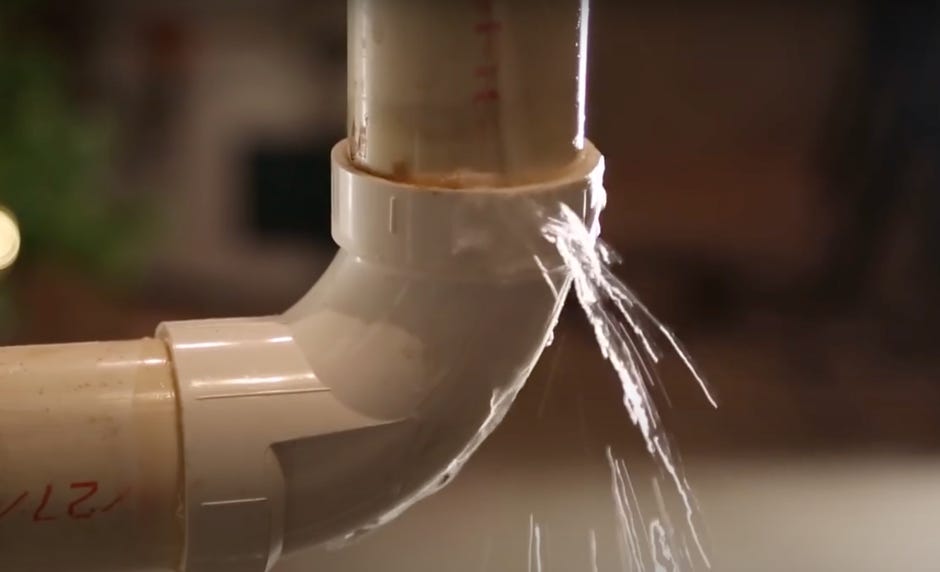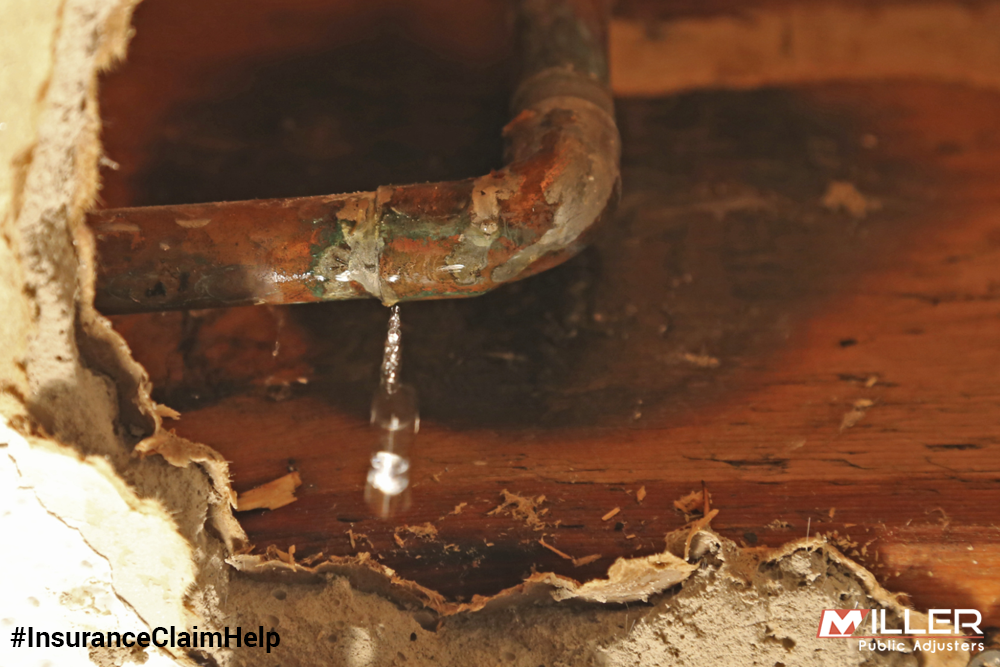Quick-Response Plumbing: Tips for Identifying as well as Fixing Ruptured Pipes
Quick-Response Plumbing: Tips for Identifying as well as Fixing Ruptured Pipes
Blog Article
What're your ideas concerning How to Prepare for Your Dishwasher Installation?

A ruptured pipeline is a major emergency; you can just stand as you watch water you pay dearly to reunite with the planet. In even worse cases, you observe a pool on your kitchen area flooring, which is a great trip threat, especially if you have kids around. If the pipeline that burst was in your wall surfaces, trouble: you may need to paint that whole section.
How can a catastrophe like a ruptured pipeline be prevented and handled? Well, by listening to your expert emergency plumbing technicians and also adhering to these rules.
Just how do I recognize when my pipes have burst?
Fluctuating water pressures
Pipes do not just burst in a day. You may have discovered that your kitchen area tap or shower doesn't run instantly when you turn the faucet. It may pause for a few seconds and then blast you with more force than usual.
In various other circumstances, the water might appear typical initially, then drop in pressure after a few seconds.
Damp wall surfaces and also water discolorations
Prior to a pipeline ruptureds, it will certainly leakage, most times. If this persistent leaking goes unnoticed, the leak may graduate into a broad gouge in your pipe. One easy way to avoid this emergency is to look out for wet walls ad water stains. These water stains will lead you right to the leak.
Puddles under pipelines and also sinks
When a pipeline ruptureds, the discharge creates a pool. It may appear that the puddle is growing in size, and no matter the amount of times you mop the puddle, in a couple of mins, there's one more one waiting to be cleaned. Often, you might not have the ability to trace the puddle to any kind of noticeable pipes. This is a sign to call a specialist plumber.
Untraceable leaking noises
Pipeline ruptureds can happen in the most undesirable locations, like within concrete, inside walls, or under sinks. When your house goes silent, you may have the ability to hear an aggravatingly consistent dripping sound. Even after you've examined your shower head as well as kitchen faucet, the dripping might continue.
Dear viewers, the leaking may be coming from a pipeline inside your walls. There isn't much you can do about that, other than inform a professional plumber.
Shut off the Water
When water ices up, it broadens in volume by concerning 9 percent. As well as it broadens with tremendous pressure: The pressure inside pipes might go from 40 pounds per square inch to 40,000 psi! No pipe can hold that much stress, so it breaks open. The break may take place where the ice types, but regularly, it happens where water stress discovers a weak spot in the pipeline. That may be inches or even feet from the icy area. Locate the water shutoff valve as well as turn off the water to stop more damages. You may also require to shut off the power also, depending on where the leakages occurs and also how large it is.
Polluted water
Many individuals presume a burst pipeline is a one-way outlet. Fairly the contrary. As water flows out of the hole or wound in your plumbing system, pollutants locate their way in.
Your water might be contaminated from the source, so if you can, examine if your water tank has any type of problems. Nevertheless, if your drinking water is supplied and also cleansed by the local government, you ought to call your plumber quickly if you see or smell anything amusing in your water.
What do I do when I spot a burst pipeline?
Your water meter will continue to run also while your water wastes. To decrease your losses, find the primary controls and also transform the supply off. The water mains are an above-ground structure beside your building.
How to Fix & Detect a Leaking Pipe
How Do I Know if a Pipe is Leaking?
Leak detection tests can help you determine if your pipe has a leak. Even if you don’t see an apparent leak, you should still conduct leak detection tests regularly to save water and money—and prevent major damage to your home.
Water meter. It can be helpful to figure out what your usual water meter usage numbers are and then monitor them regularly. To monitor your meter, first, turn off all water faucets in your home. Check the meter and write down the numbers. In a few hours, check the meter again. If the numbers have changed, you have a leak. Water gauge. Use a water gauge to test your water pressure. Your showerhead should produce a certain amount of water pressure based on its model and design. If the pressure is lower than it is supposed to be for that specific showerhead, your home likely has a leak. Puddles. Look inside your bathroom, laundry, and kitchen sink cabinets. Puddles around the cabinets or around toilets, tubs, showers, and washing machines indicate the presence of a leaking pipe. You may also notice loose tiles, peeling or flaking paint, or mold caused by water accumulation. Napkin test. Even if you don’t see any puddles, you may still have a leak. You can test for water leaks in the bathroom, laundry, and kitchen by wiping below-sink connections with a napkin, paper towel, or piece of toilet paper. If it becomes damp, you probably have a leaking pipe under the sink. Discolored walls. Walls that are discolored—usually with brown or yellow stains—or bulging might mean that they have been impacted by water damage caused by a leaking pipe. Smell. A leaky pipe will create sitting water, and over time, that water may develop a musty smell. If your home smells musty, but you can’t locate the source, it may be due to a leak. Steps for Fixing a Leaking Pipe
A leaky drain can be remedied by tightening the pipe base, replacing the drain seal, caulking the rim, and tightening the pipe nut. Similarly, a leaking toilet pipe can be treated by tightening the packing nut. You may also need to replace the valve. A leaky faucet may just need tightening or replacement of the washers. If that doesn’t work, consider replacing your faucet. If your pipe has a hole in it, you may want to use a pipe leak sealer or pipe leak tape. This quick fix for water pipe leaks can also temporarily fix a copper pipe leak. https://www.ahs.com/home-matters/quick-tips/how-to-tell-if-pipes-are-leaking/

I found that write up on What to Know Before Installing a Dishwasher when perusing the internet. Sharing is caring. Helping people is fun. I am grateful for your time. Come back soon.
Schedule Today!
Report this page